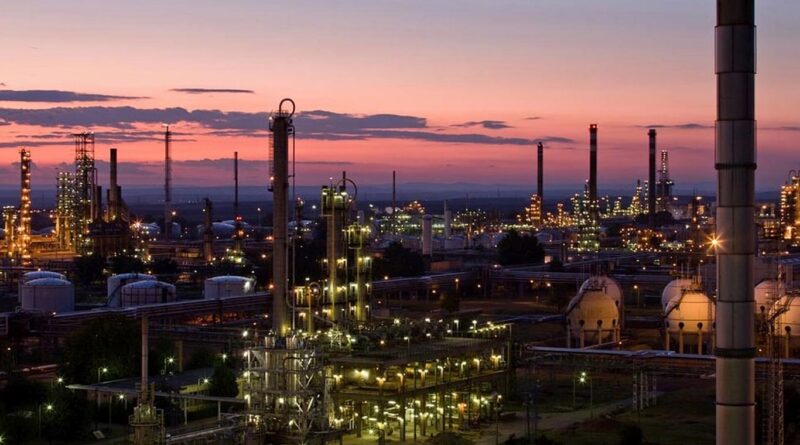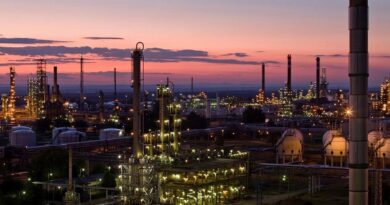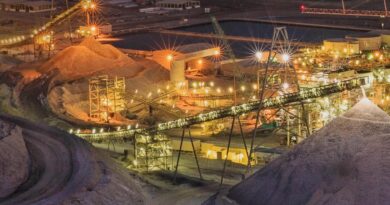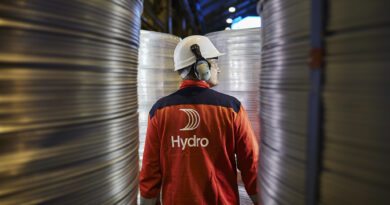Addition of steam cracking increases refinery’s yield of petrochemicals
Refiners are increasingly taking on petrochemicals production to remain competitive as the energy transition takes hold and demand for transport fuels decreases longer term. But given the capital outlay involved, the question is how can refiners assess potential return on investment on petrochemical integration and determine the best way to add value.
To see how incorporating increased chemicals production impacts overall site competitiveness on an integrated refinery we investigated REM-Chemicals. Of the 210 integrated refineries worldwide, the Onsan facility in South Korea was picked up for a case study, where S-Oil is investing in steam cracking capacity.
The refined fuel market in South Korea is saturated, with significant surpluses of all transport fuels. As the country’s car fleet becomes electrified, kerosene for heating purposes is phased out and biofuels begin to penetrate the aviation sector, such surpluses will only increase.
Retaining these exports will only get more difficult as China is becoming a major competitor to South Korea in transport fuels export in the region. Chinese exports are very competitive and expected to rise as fuels demand in China peaks in the early 2030s. Diversifying into chemicals production offers a potential solution for South Korea.
Looking at Asia Pacific as a whole, almost all integrated sites sat within the first or second quartile for 2019 NCM performance. the analysis shows that average net cash margin (NCM) for integrated sites in the region stood at US$2 per barrel, almost three times the average margin for standalone refinery sites.
Within South Korea, Onsan is currently one of the weakest integrated sites. The addition of steam cracking will increase its yield of petrochemicals and therefore improve its overall competitiveness.
The modelling shows that the addition of steam cracker capacity improves Onsan’s NCM by US$1.80/bbl. It transforms the site’s competitive position within Asia, putting it on a par with China’s coastal integrated sites.




